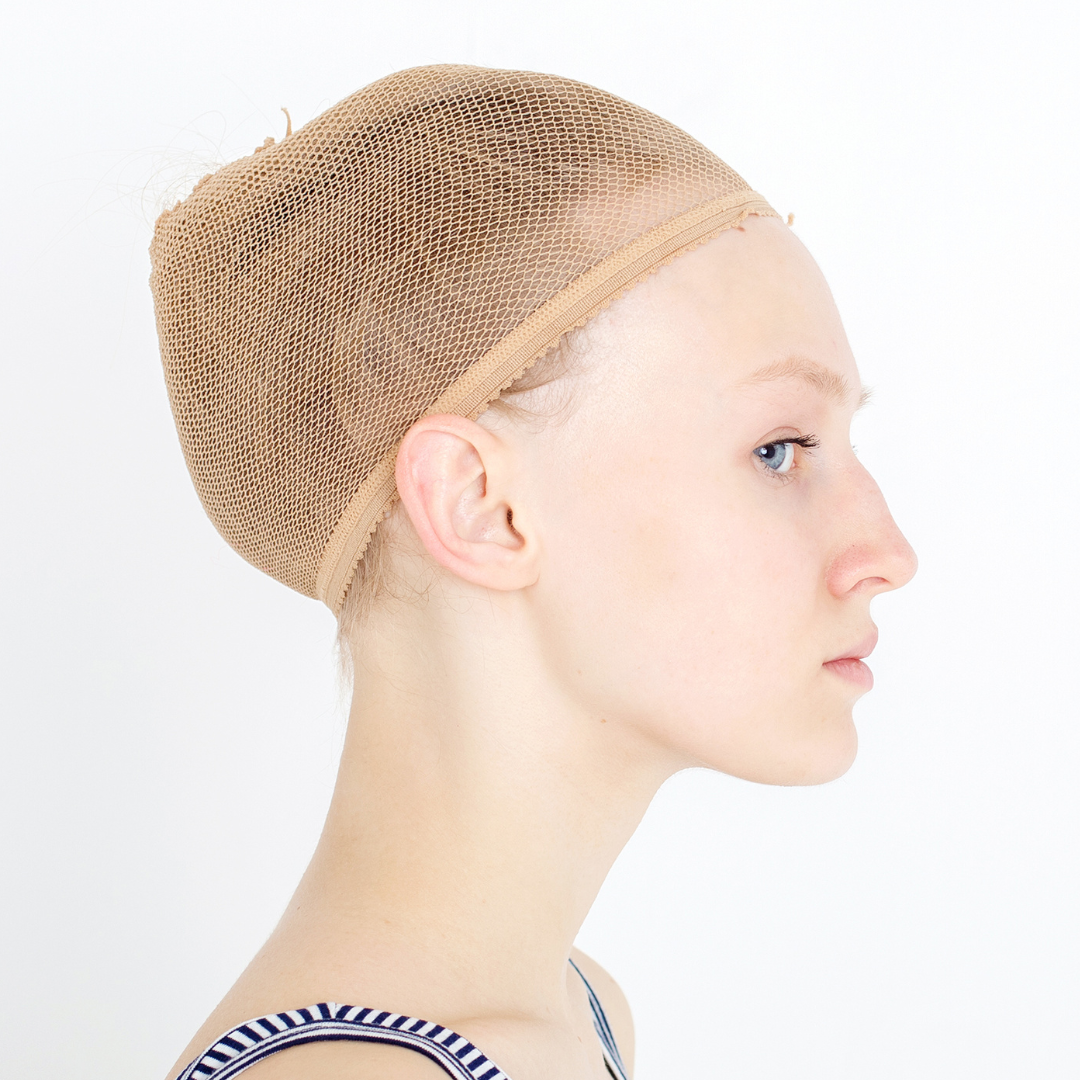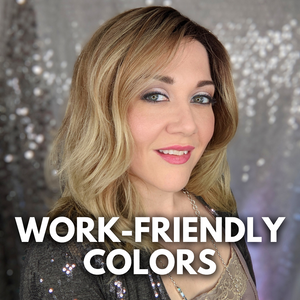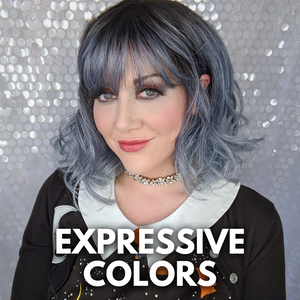
To Wear or Not to Wear a Wig Cap or Liner
Wearing a wig can be a transformative experience, offering not only a change in appearance but also a boost in confidence. However, one question that often arises in the wig-wearing community is whether or not to wear a wig cap or liner underneath the wig. This blog post aims to dissect this topic, exploring the pros and cons of wearing a wig cap or liner, and providing insights to help you make an informed decision.
The Basics: What Are Wig Caps and Liners?
Wig Caps
A wig cap is a sheer, stretchy net that fits over your natural hair, providing a smooth surface for the wig to sit on.
Wig Liners
Wig liners are similar to wig caps but are usually made of thicker material like cotton or bamboo and offer additional cushioning.
The Case for Wearing a Wig Cap or Liner
Hygiene
Wearing a wig cap or liner can act as a barrier between your natural hair and the wig, helping to keep both clean. This can be especially beneficial if you use styling products on your wig.
Comfort
For those with sensitive scalps, a wig liner can provide an extra layer of comfort, reducing itchiness and irritation that may be caused by the wig material.
Longevity of the Wig
A wig cap or liner can protect the interior of the wig from the oils and products in your natural hair, potentially extending the lifespan of the wig.
Improved Fit
A wig cap can compress your natural hair, providing a smoother surface for the wig. This can make the wig fit more securely and look more natural.
Versatility
With a wig cap, you have the freedom to change wigs without having to restyle your natural hair, saving you time and effort.
The Case Against Wearing a Wig Cap or Liner
Reduced Breathability
Wig caps and liners can reduce the breathability of the scalp, potentially causing discomfort, especially in hot weather.
Allergic Reactions
Some people may be allergic to the materials used in wig caps and liners, leading to skin irritation.
Additional Expense
While not overly expensive, wig caps and liners are an additional cost to consider, especially if you wear wigs frequently.
Potential for Slippage
If not secured properly, a wig cap or liner can move, causing the wig to shift and requiring frequent adjustments.
Complexity
For beginners, adding an extra layer like a wig cap or liner can complicate the process of wearing a wig, making it more daunting.
Factors to Consider
Type of Wig
The need for a wig cap or liner may depend on the type of wig you're wearing. For example, a high-quality, well-fitted wig may not require additional support from a cap or liner.
Personal Comfort
Your comfort level is paramount. If you find that a wig cap enhances your wig-wearing experience, then it's a worthwhile addition.
Medical Conditions
For individuals with conditions like alopecia or undergoing chemotherapy, a wig liner may offer added comfort and protection for the sensitive scalp.
Frequency of Wear
If you wear wigs daily, a wig cap or liner can be a valuable addition to your routine. However, for occasional wear, it may not be necessary.
Expert Opinions
Hair Stylists
Many professional hairstylists recommend wig caps for a more polished look, especially for special occasions.
Dermatologists
Some dermatologists advocate for wig liners made of natural fibers like cotton or bamboo, which allow the scalp to breathe.
Wig Manufacturers
Wig manufacturers often provide guidelines on whether a cap or liner is necessary for their specific products. Always consult the manufacturer's recommendations.
Conclusion
The decision to wear a wig cap or liner is a personal one, influenced by various factors including the type of wig, your comfort level, and any medical conditions you may have. While there are compelling arguments on both sides, the ultimate goal is to enhance your wig-wearing experience. If you find that a wig cap or liner adds to your comfort and confidence, then it's a worthy investment. On the other hand, if you feel restricted or uncomfortable, it may be best to forgo this accessory. As with many things in life, the key is to experiment and find what works best for you.
















